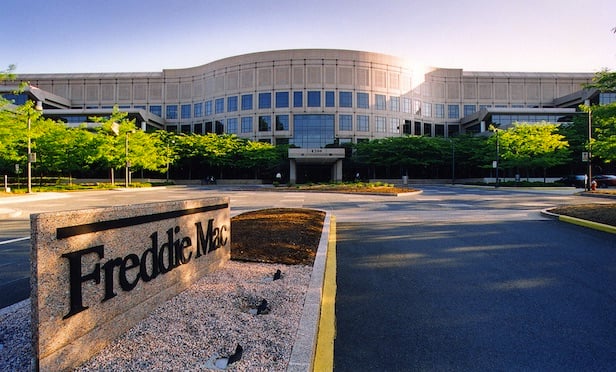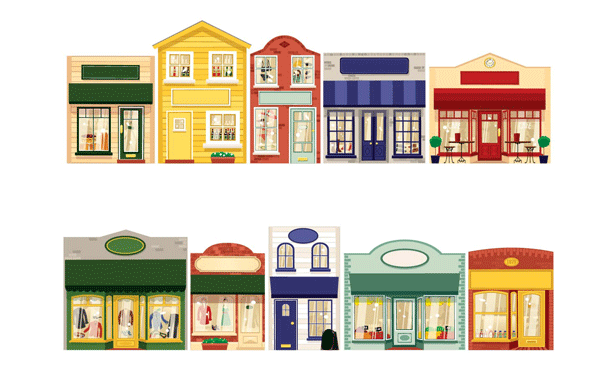 Andrew Chung, founder and CEO of Innovo Property Group
Andrew Chung, founder and CEO of Innovo Property Group
Although today New York City is known for its thriving financial services industry, advanced health care, and upscale real estate industries, in the early 1900's, the city of New York was the world's busiest port, importing and exporting goods to and from all over the world. As the city's landscape began to change with the onslaught of high-rise buildings, and the creation of more white-collar jobs became more prevalent, large warehouses from previous years became better suited for the more expansive, and less expensive suburban outskirts.
By the mid-1950's, New York City, fueled by post-war prosperity was experiencing a burgeoning resurgence, and while new buildings were being constructed throughout the city, existing industrial infrastructures were converted into office and living spaces to keep up with the demand. Brooklyn was once referred to as, “The Walled City,” for the seemingly never-ending warehouses lining its shores. Today, many of those buildings have been converted into high-end housing or open-floor-plan offices, and there is very little actual warehouse space functioning within the five boroughs.
By the 1970's, the U.S. economy began to decline, which hit New York City particularly hard. During this time, there was a large movement of middle-class residents who began to move to nearby suburbs, which largely impacted the city's tax revenue. By 1975, New York City was in a full-on financial crisis, which only further shifted the surrounding area and its economy. The city was no longer a prosperous industrial metropolis, but a troubled one at the brink of bankruptcy.
As the economy improved in the city, the landscape continued to shift, and many of the former manufacturing and industrial jobs stayed in the surrounding suburbs, where they have remained for the greater part of the last three decades.
However, with the rise of e-commerce and changing consumer needs, New York City is yet again at a turning point. Over the last two decades, Amazon has gone from a convenient e-tailer, to America's solution for almost anything and everything – and fast. And other companies are jumping on board. With the introduction of two-day, same-day and multi-hour delivery options, Amazon has certainly been at the forefront of an evolution in the way we shop, and in-turn, how we expect to shop moving forward. Consumers now expect the accessibility to their online orders almost instantly, but our infrastructures have not yet adapted, which leads to the resurrection of the urban warehouse.
Throughout the last half-century, retail fulfillment warehouses and distribution centers have mainly sprouted up in suburban locations not too far from cities. Ten years ago, when 8-10 business days was a luxury, the routes were efficient. There was time to account for traffic, and for tolls, but with customer delivery expectations continuing to shrink, and high-stakes for businesses to deliver, the infrastructure needs to adapt, and through this, the urban warehouse is having a comeback.
There are few urban warehouses for fulfillment within the New York City area at present, but the demand has certainly increased due to the rise of e-commerce, while the supply has mainly stayed the same. Currently, about 25-30% of warehouse space in the United States is devoted to e-commerce, and the number is expected to rise. In New York City especially, space is at a premium. There is only so much available land within close proximity to the urban core that can be equipped to handle our modern delivery needs. As shoppers become accustomed to almost-immediate deliveries, to stay relevant in today's market, businesses need to modify their delivery strategies to compete. New, urban warehouses with updated features are the solution to supporting today's needs.
Modern, state-of-the-art warehouses within the urban core provide one major advantage that suburban warehouses don't: location, location, location. Since the 2010 census, the estimated population of New York City has seen a 4.6% increase, which also means an increase in automobile use and road congestion. The city's population is expected to keep growing, and by 2040, growth is projected to be the highest in the Bronx, at a rate of 14%.
With more people to serve and the immediacy that e-commerce offers, it is evident that our current infrastructures have reached a critical point in which we will need to reshape and restructure. There is opportunity to overhaul the current freight system and logistics in the area, by utilizing today's technology with new and modern urban warehouses.
Andrew Chung is the CEO of Innovo Property Group, a New York City-based real estate investment and operating company. Some of his company's joint venture developments include a 700,000 square-foot multistory industrial warehouse at 2505 Bruckner Boulevard in the Bronx, a Long Island City, Queens industrial property at 23-30 Borden Ave. and a warehouse at 58-30 Grand Ave. in Queens.
The views expressed in this article are the author's and not those of ALM Media's Real Estate Group.
Want to continue reading?
Become a Free ALM Digital Reader.
Once you are an ALM Digital Member, you’ll receive:
- Breaking commercial real estate news and analysis, on-site and via our newsletters and custom alerts
- Educational webcasts, white papers, and ebooks from industry thought leaders
- Critical coverage of the property casualty insurance and financial advisory markets on our other ALM sites, PropertyCasualty360 and ThinkAdvisor
Already have an account? Sign In Now
*May exclude premium content© 2025 ALM Global, LLC, All Rights Reserved. Request academic re-use from www.copyright.com. All other uses, submit a request to [email protected]. For more information visit Asset & Logo Licensing.








